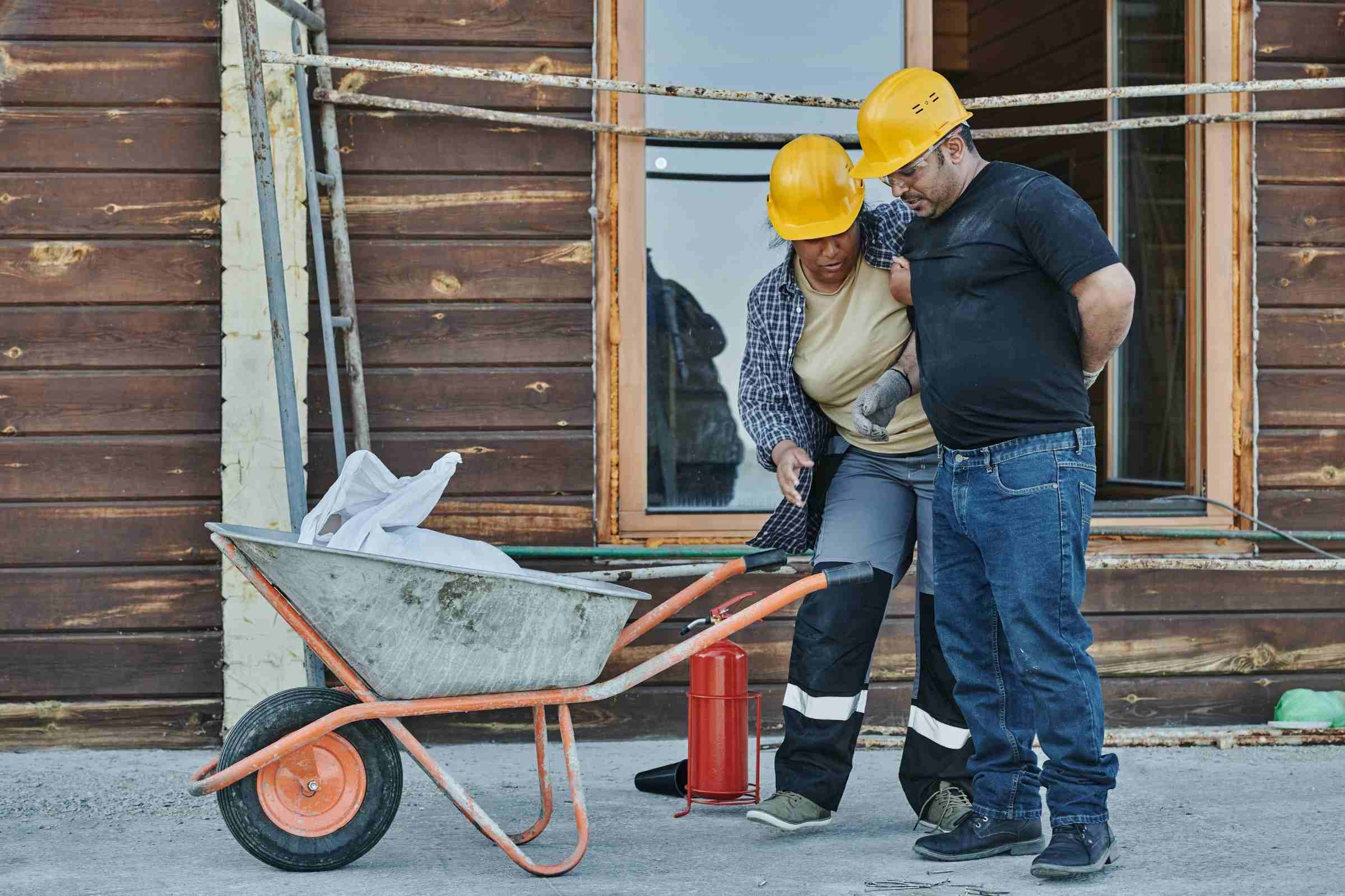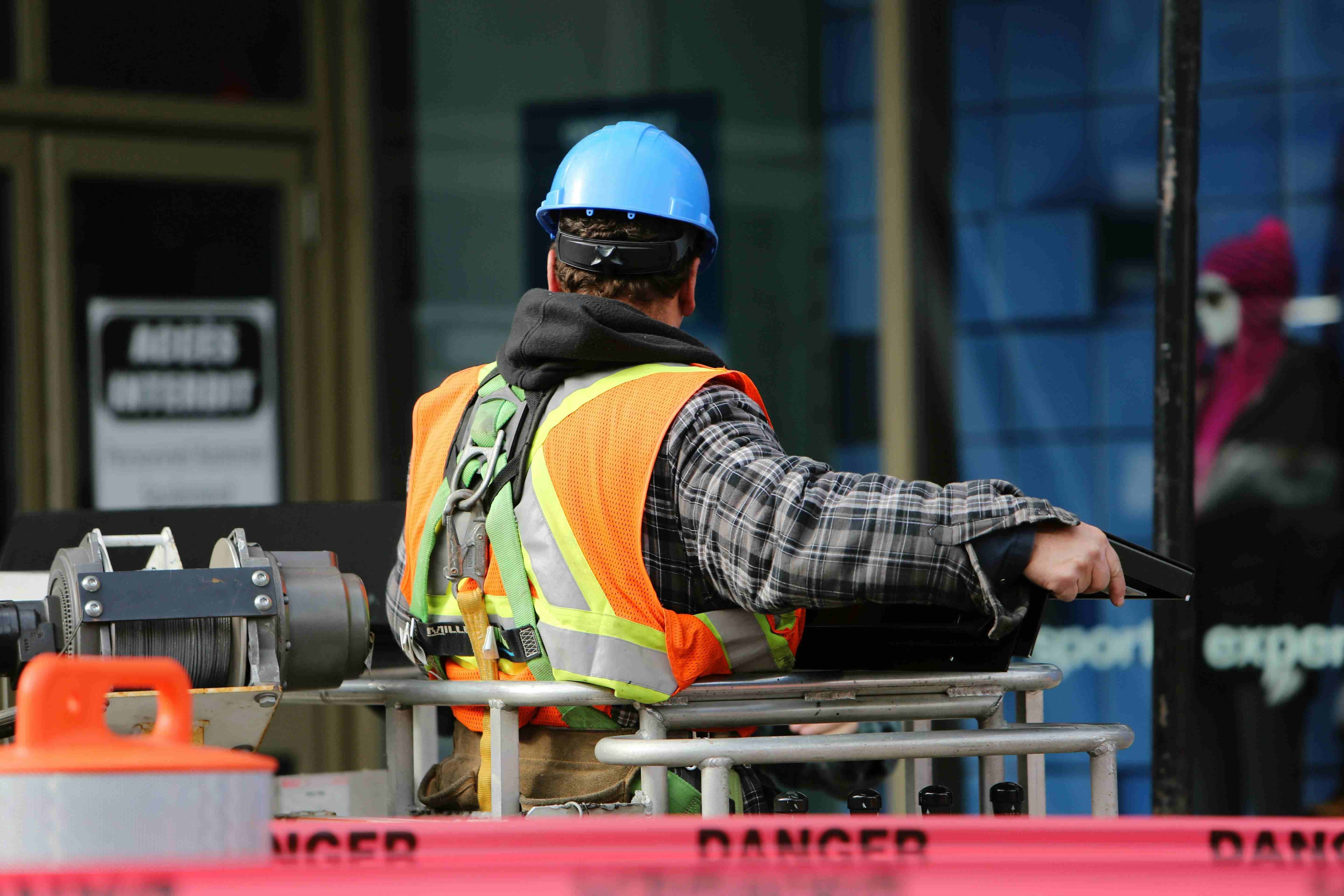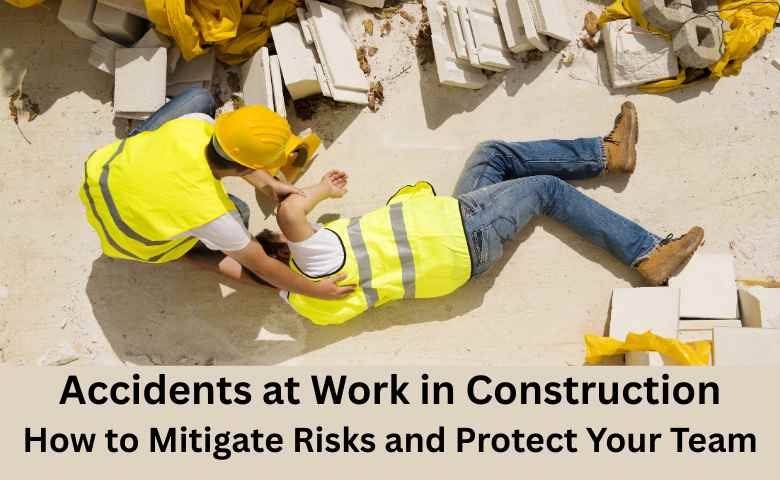Last Updated on April 3, 2025 by Admin
Accidents in the construction sector remain a significant concern, as the nature of work often involves potential hazards. Ensuring the safety of your team is not only a legal obligation but also a moral one. Understanding the risks at your construction site and implementing effective safety measures can drastically reduce the likelihood of accidents. For those in need of legal assistance, contacting accidents at work solicitors, South Wales, can provide valuable guidance and support.
We’ll discuss the different construction risks you and your workforce might face and some relevant safety protocols that could protect you from accidents. Our discussion on ensuring compliance regulation will include advice on promoting a safe workplace environment and engaging your employees to follow protective protocols, as well as a discussion of ways to implement technology to your benefit.
Table of Contents
Understanding Common Construction Risks
Construction sites are fraught with various risks that can lead to accidents. Some of the most common risks include:
- Falls from Heights: A significant number of injuries occur due to falls from ladders, scaffolding, and roofs.
- Being Struck by Objects: Loose or improperly secured materials can fall, posing a serious threat to workers below.
- Electrical Hazards: Contact with power lines or faulty electrical equipment can lead to severe injuries.
- Machinery Accidents: Operating heavy machinery without proper training or safeguards can result in serious incidents.
Each of these risks demands specific attention and mitigation strategies to ensure the safety of everyone on site.

Implementing Safety Protocols
Establishing comprehensive safety protocols is essential to mitigate risks on construction sites. These protocols should include:
- Regular Safety Training: Ensure all workers receive training on site-specific hazards and safety practices.
- Personal Protective Equipment (PPE): Enforce the use of hard hats, safety vests, gloves, and other necessary PPE.
- Site Inspections: Conduct regular inspections to identify potential hazards and rectify them promptly.
- Emergency Response Plans: Develop and communicate clear procedures for responding to accidents and emergencies.
For more detailed information on employer responsibilities and safety standards, you can refer to resources provided by official safety and health organisations.
Ensuring Compliance with Regulations
Compliance with health and safety regulations is crucial in preventing workplace accidents. Familiarising yourself with relevant legislation and guidelines can help maintain a safe working environment. Consider consulting resources like governmental guidelines for employer safety information to ensure compliance.

Promoting a Safety-First Culture
Creating a culture that prioritises safety is essential for reducing accidents on construction sites. This involves more than just implementing rules and regulations; it requires fostering an environment where safety is embedded in everyday operations and valued by every team member.
Engaging Employees
Encouraging active participation from all employees can significantly enhance your efforts to maintain a safe workplace. Consider the following strategies:
- Open Communication: Encourage workers to voice concerns and suggest improvements regarding safety measures. This can be achieved through regular safety meetings and suggestion boxes.
- Recognition and Rewards: Acknowledge and reward individuals or teams who consistently demonstrate safe working practices, reinforcing the importance of safety.
- Continuous Education: Offer ongoing training and refresher courses to keep safety skills and knowledge up-to-date.
By actively involving your team in safety initiatives, you create a shared responsibility for maintaining a safe working environment.
Utilising Technology for Safety
Modern technology provides various tools that can enhance site safety. From wearable devices that monitor health conditions to advanced software for incident reporting and tracking, technology plays a pivotal role in accident prevention. Consider incorporating the following technological solutions:
- Wearables: Devices that monitor workers’ vitals or detect falls can provide crucial data to prevent accidents.
- Safety Apps: Applications designed for reporting hazards or accessing emergency contacts can streamline safety processes.
- Virtual Reality Training: VR can simulate hazardous scenarios, providing realistic training experiences without the associated risks.
Preventing Accidents in the Future of Your Workplace
Accidents at work in construction are a critical concern that demands proactive measures to protect your team. This task can seem daunting, with the amount of potential workplace problems being highly expansive, as you can read in this workplace problems article. But, by understanding common risks, implementing rigorous safety protocols, ensuring compliance with regulations, and promoting a culture that values safety, you can significantly mitigate the likelihood of these risks occurring.
Technology offers innovative solutions that further bolster safety efforts, providing additional layers of protection. Maintaining open channels of communication, recognising safe work practices, and involving your team in safety initiatives can foster a culture of shared responsibility.
Remember, the goal is not only to comply with legal standards but also to ensure that everyone returns home safely at the end of the day. By prioritising safety and leveraging available resources, you can create a safer, more secure environment for all workers on your construction site.
Please be advised this article is for informational purposes only and should not be used as a substitute for advice from a trained legal or health and safety professional. Please seek the advice of a legal or health and safety professional if you’re facing issues regarding workplace safety.
Related Posts
- Maximizing Safety in Construction Management
- How to Improve Workplace Safety in Construction
- Why Construction Safety is Important: Essential Insights
- Prioritizing Health and Safety: The Keystone of Construction Industry Success
- Top 15 Safety Protocols Every Construction Site Must Follow
- Importance of Construction Safety Management


